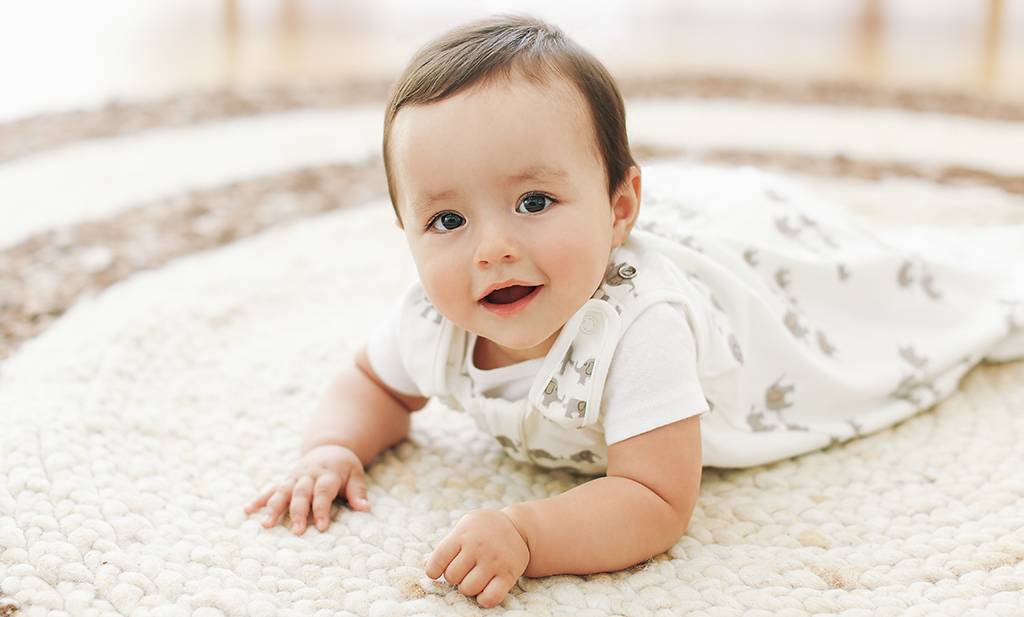
Even though your baby’s head is the biggest and heaviest part of your child – their skull is still very sensitive. Hidden beneath the soft baby fuzz are movable, deformable plates that protect your baby’s developing brain. However, they can also flatten if your little one lies on their back too often and can’t turn their head. This is when the so-called flat head syndrome can occur. Although this can be treated, it is much easier to prevent it. That’s why Katrin Ritter a Midwife and Babywearing and Sleep Specialist for Ergobaby explains more about how flat head syndrome occurs in babies and which Ergobaby products can help you prevent it.
What is flat head syndrome?
If babies lie on their backs for several hours a day, for example in a stroller, bassinet or car seat/infant carrier, and at night as recommended, they can develop what is known as flat head syndrome. Also known as positional plagiocephaly or brachycephaly, flat head syndrome can sometimes begin before birth when pressure is put on your baby’s skull by the mother’s pelvis or perhaps by a twin. Another cause of flat head, however, can be torticollis. If your baby can’t turn its head to the side in bed or in a baby bouncer, it stays in the same position for longer when lying down – so pressure is always exerted on the same spot. This can lead to flattening on one side. Once this happens, it is all the more difficult for the baby to turn its head. If nothing is done to help, the neck becomes stiff because it is no longer used and moved.
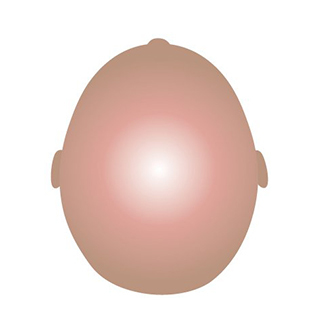
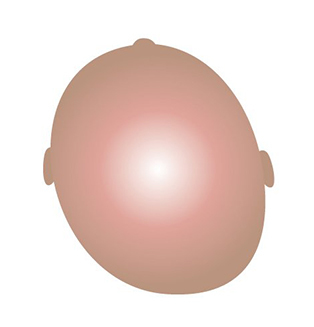
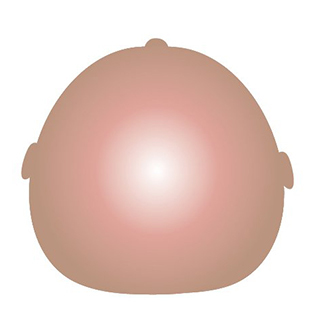
How can you recognise flat head syndrome?
In flat head syndrome, the back of your baby’s head is flatter on one side or in one place. Usually, there is less hair on this part of the head. In severe cases, the forehead may also look domed or uneven on the side opposite the flattening. If torticollis is the cause, this uneven appearance can also affect the neck, jaw and face.
How can you prevent flat head syndrome?
Here are 5 of our most important tips to avoid flat head syndrome:
- Minimise constricted naps: Don’t let your child sleep for long periods of time in a position where they can’t move their head freely e.g. in a car seat or non-ergonomic baby bouncer.
- Ergonomic and varied carrying: using a carrier is the most natural and best way of transporting your baby. With their head in an upright position and the hips and legs in a spread squat position, both the baby’s head and spine are in the optimal position for healthy development. Our Ergobaby baby carriers are certified by Aktion Gesunder Rücken e.V. and the International Hip Dysplasia Institute, among others, for their ergonomics and are therefore ideally suited for daily use. Since there is no support surface for the head, they also help to prevent flat head syndrome.
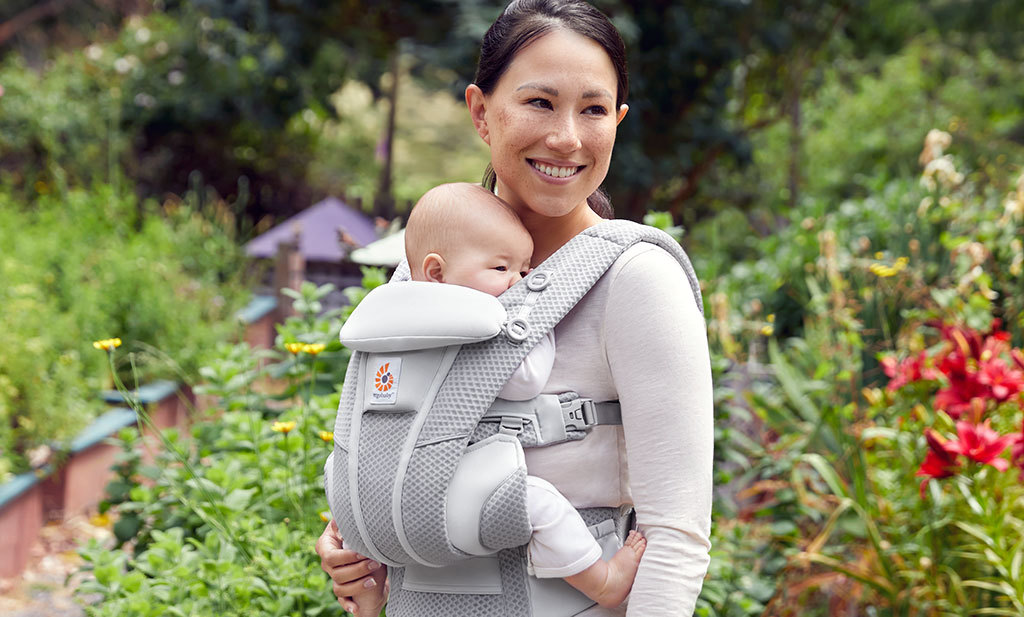
- Practice tummy time: Lay your baby on their tummy several times a day under observation for a few minutes (slowly increase this). Of course, only do this when they are awake. You can place a rolled up towel under their chest for support. This will train your baby’s neck muscles and avoid pressure on the skull. If you notice that he is tired, turn your child back onto their back or a position most comfortable for them.
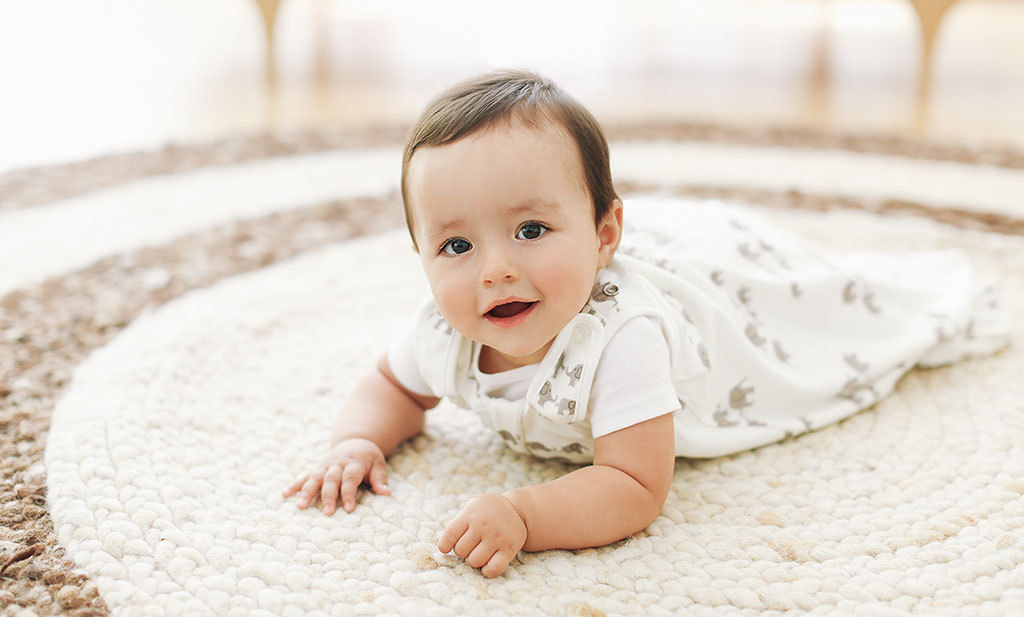
- Targeted positioning: Despite wanting to avoid flat head syndrome, it is important that you avoid having your baby sleep on his or her stomach during naps or overnight sleep, as this increases the risk of sudden infant death syndrome. Please talk to your midwife or health professional if your baby can only sleep in this position. If your baby is lying on his or her back and you see that the head always tilts in the same direction, you can deliberately position your baby so that he or she also looks in the other direction. It makes sense to move the bed or the blanket to motivate the baby to actively move their head. If your baby has a preferred posture, please be sure to go to the paediatrician to discuss this further with them. In some cases, there may even be a symmetry disorder with a preferred posture, e.g. KiSS syndrome (Kinematic Imbalance due to Suboccipital Stress).
- Only use ergonomic baby bouncers: If the fabric in a baby bouncer is too firm and it does not have a newborn insert with enough room and support in the head area, your baby will not be able to turn its head. Often, the head then gets into a tilted position where the head falls to the side or even their chin is pressed onto the chest – this can affect breathing. An ergonomic baby bouncer like our Ergobaby Evolve 3-in-1 Bouncer, which was developed together with a paediatric orthopaedist, has a hollow in the newborn insert and the fabric in the head area of the bouncer (without the newborn insert) is not under tension, so that the back of the head has enough space. This allows your baby to turn their head freely to the side. This requires a slight backward movement of the cervical spine, especially in the beginning, which needs space. This freedom of movement is fundamentally important to avoid bad posture and at the same time prevents flat head syndrome.

How can flat head syndrome be treated?
If your baby’s flat head syndrome is caused by positioning, all of the above practices can help you prevent further flattening. The most important point is: limit the time your baby lies with his head on a flat surface. Take them out of the car seat when you arrive home, even if they have fallen asleep, and put them in the carrier or put them to bed instead. If you follow the appropriate tips, your child’s skull will round out and look normal with time and growth. It is also important to know: even though it may seem alarming – flat head syndrome does not affect the development of your child’s brain.
In case of any uncertainty or if you were concerned for any reason, chat to your GP or a medical professional.



